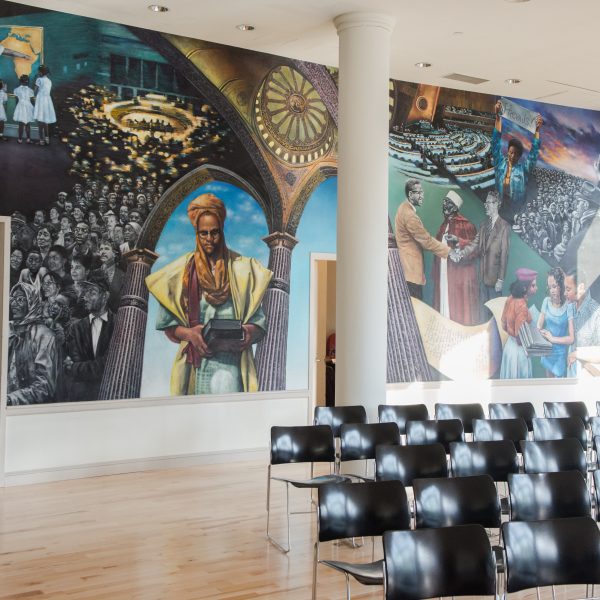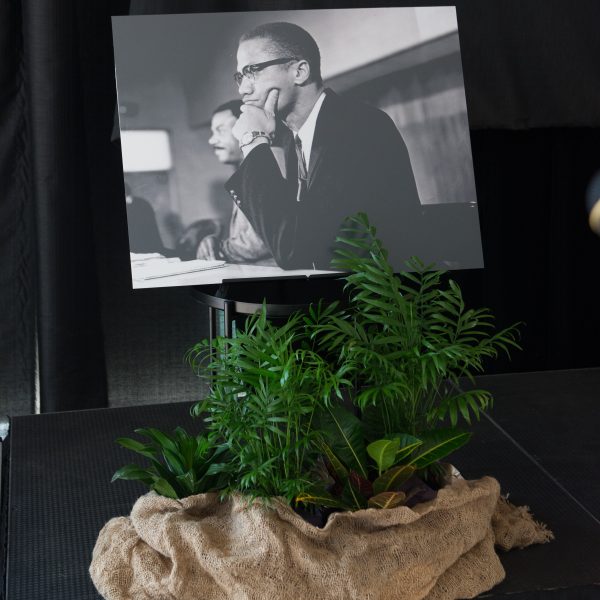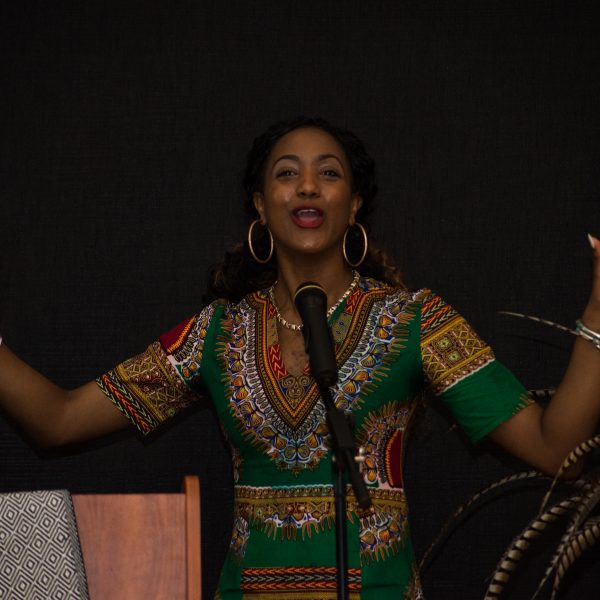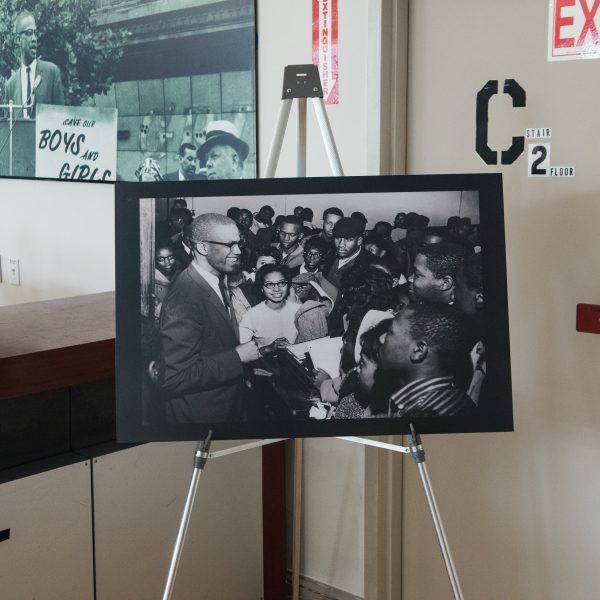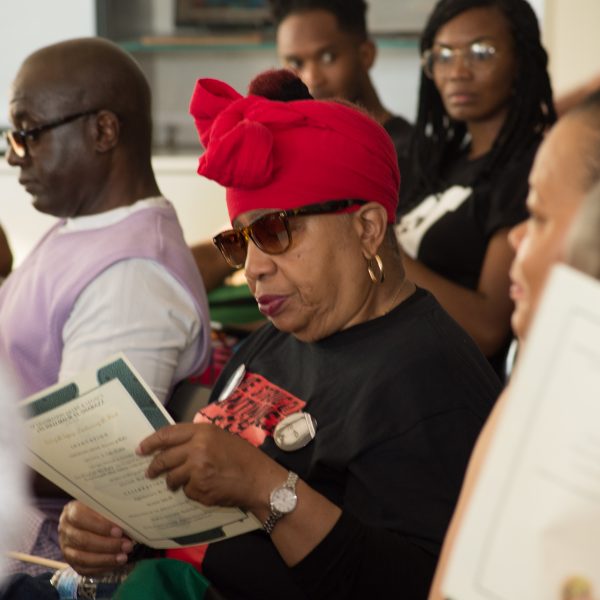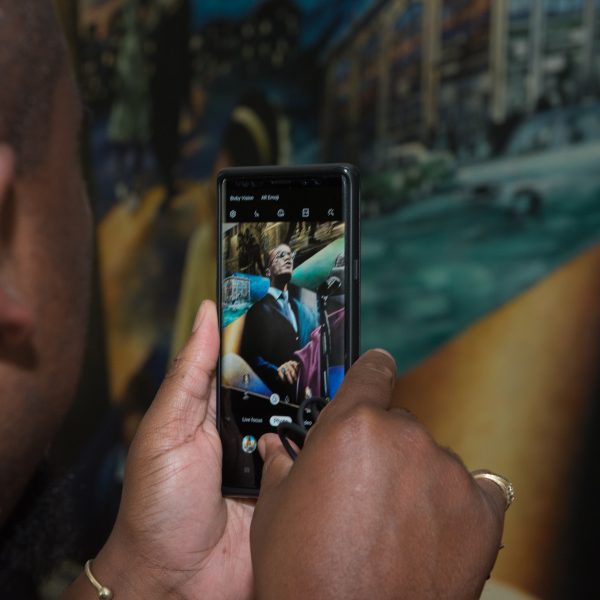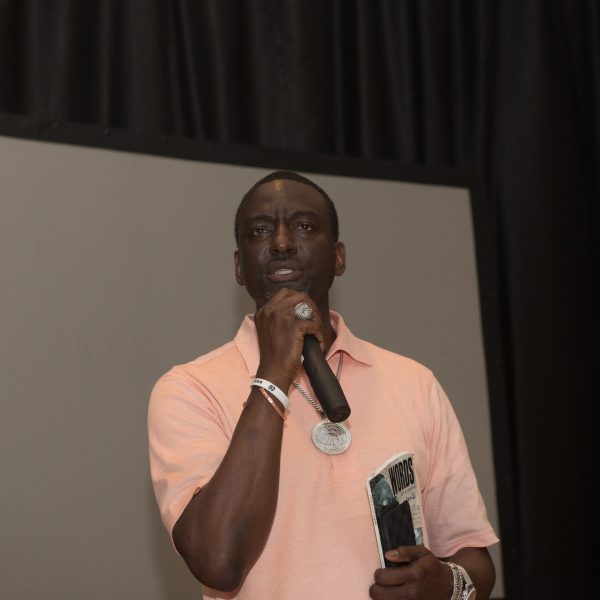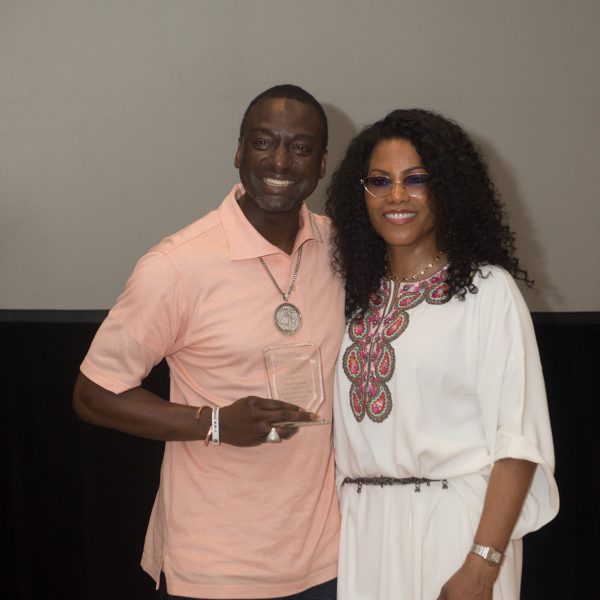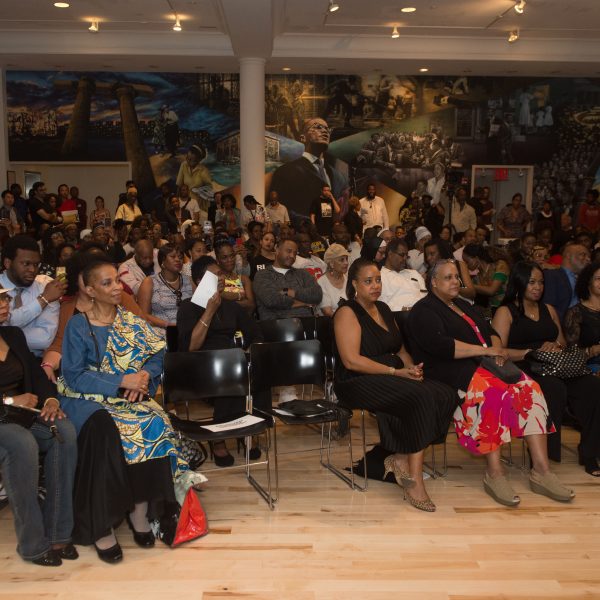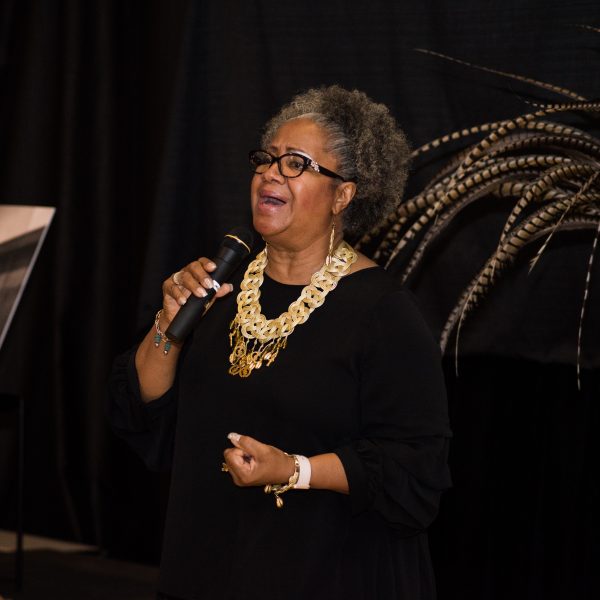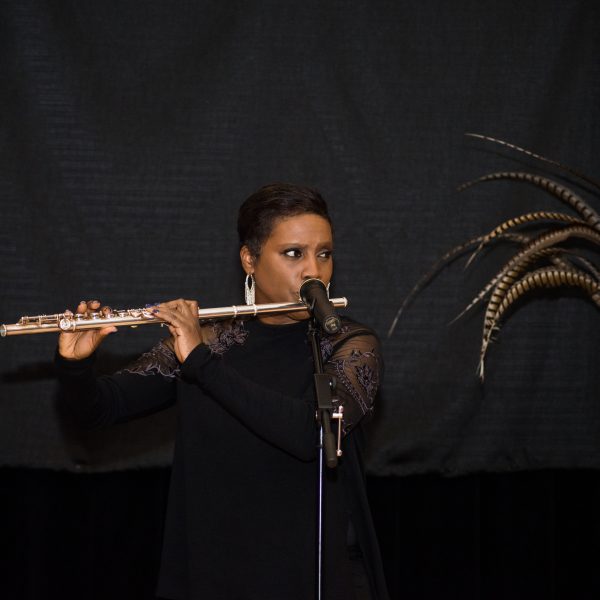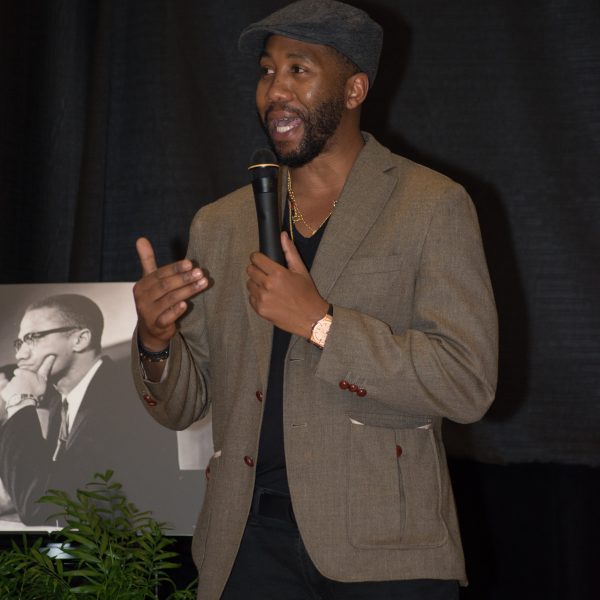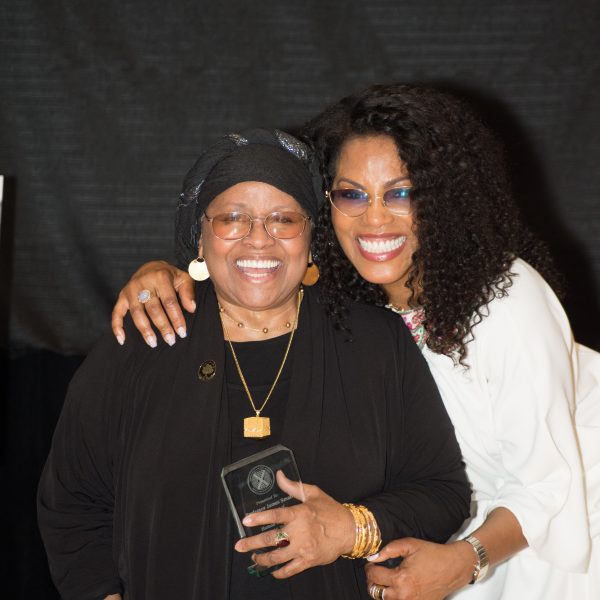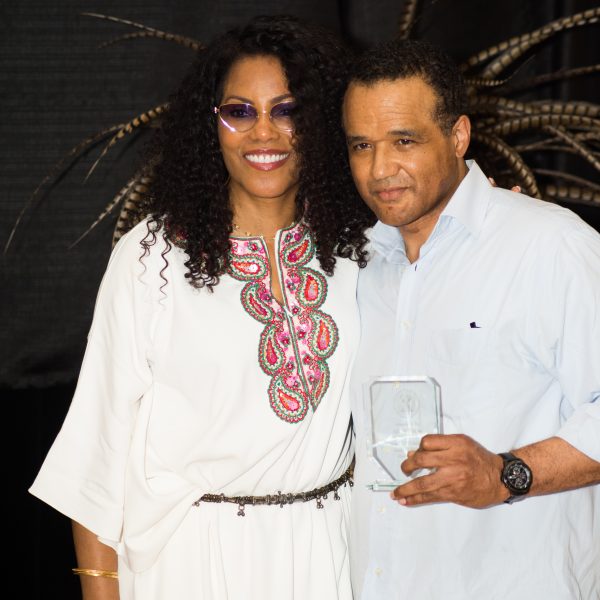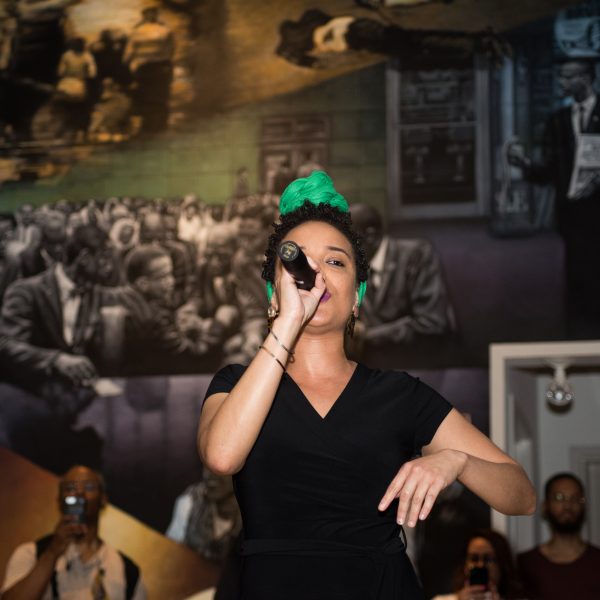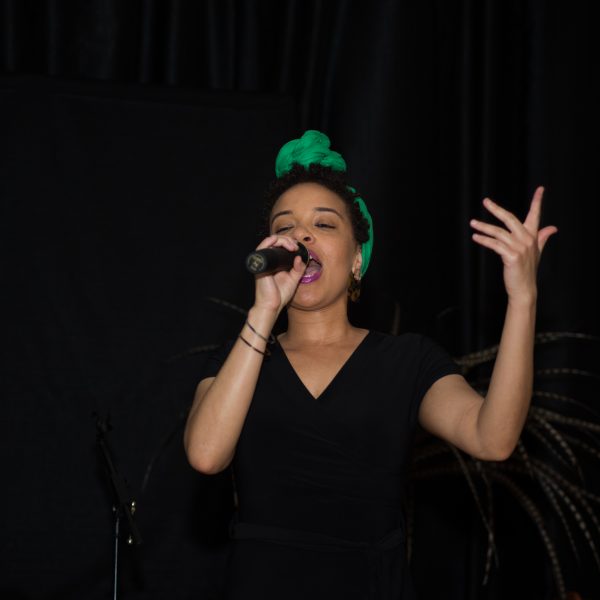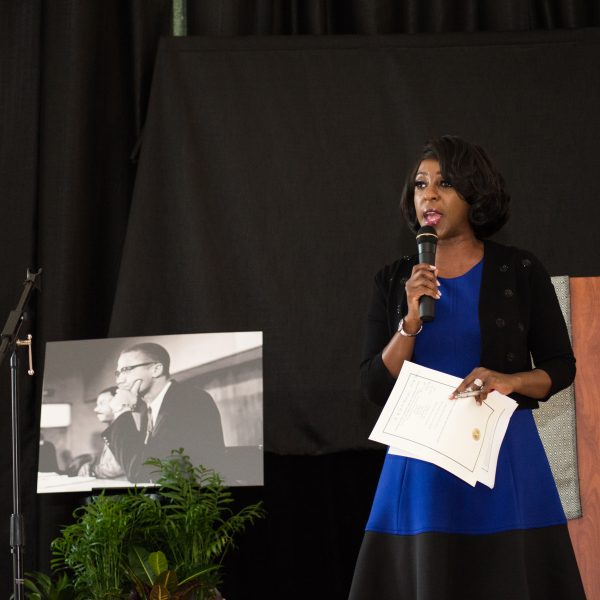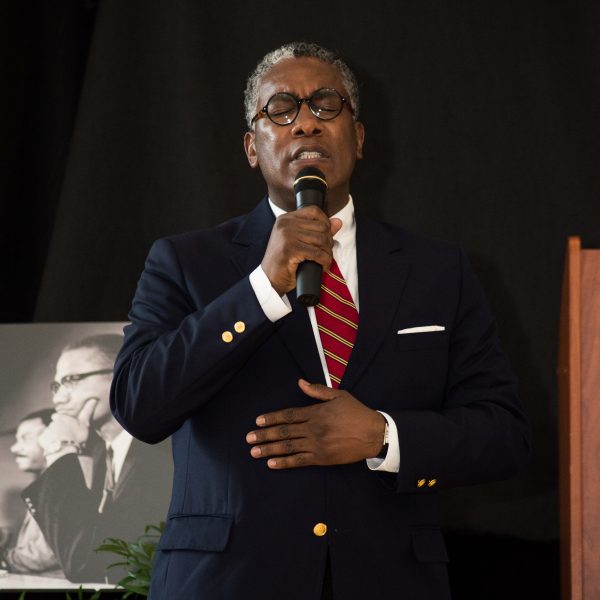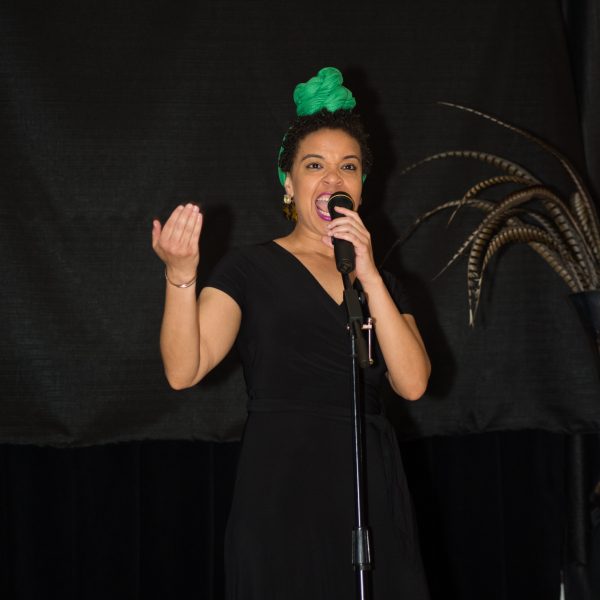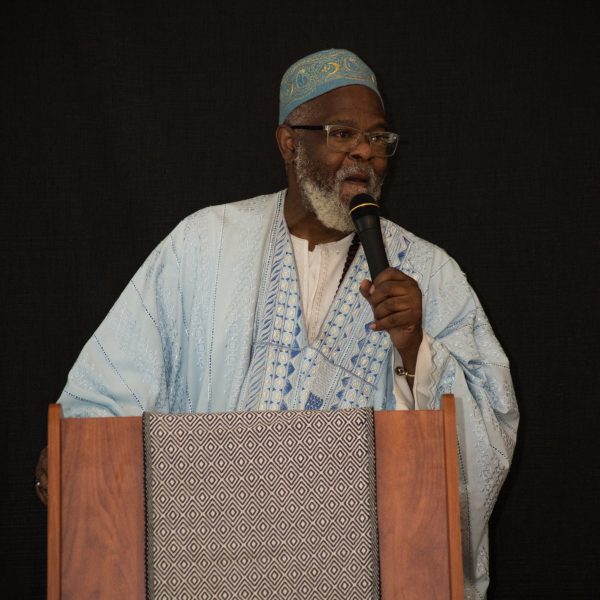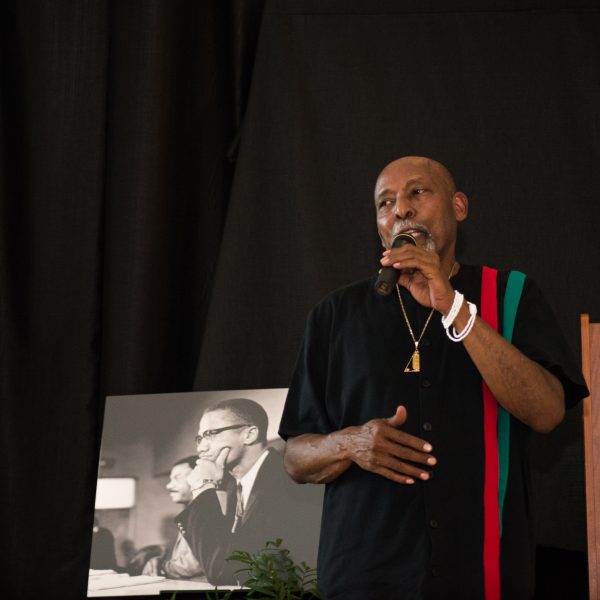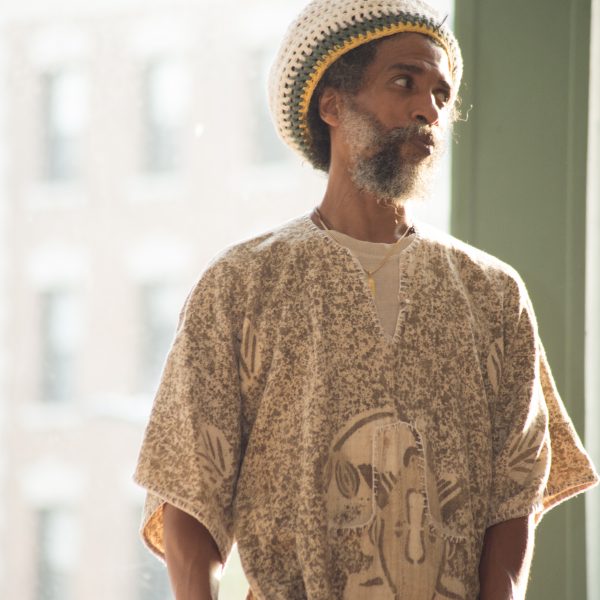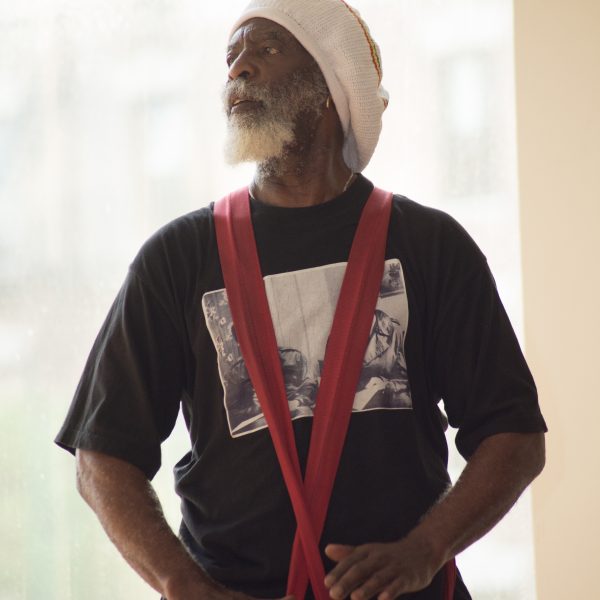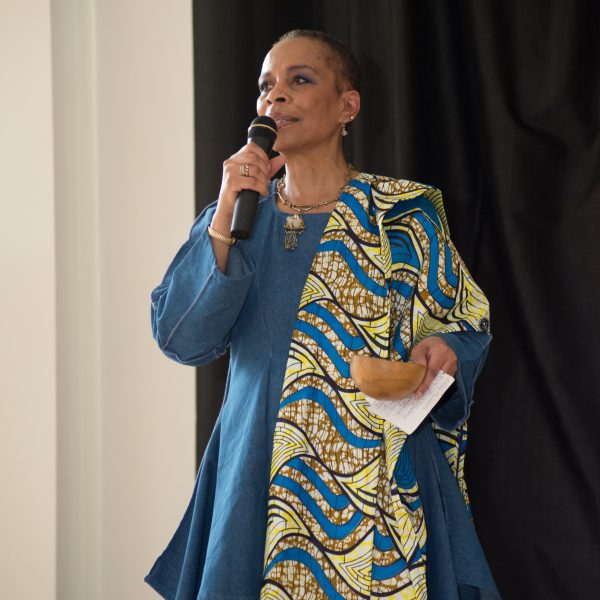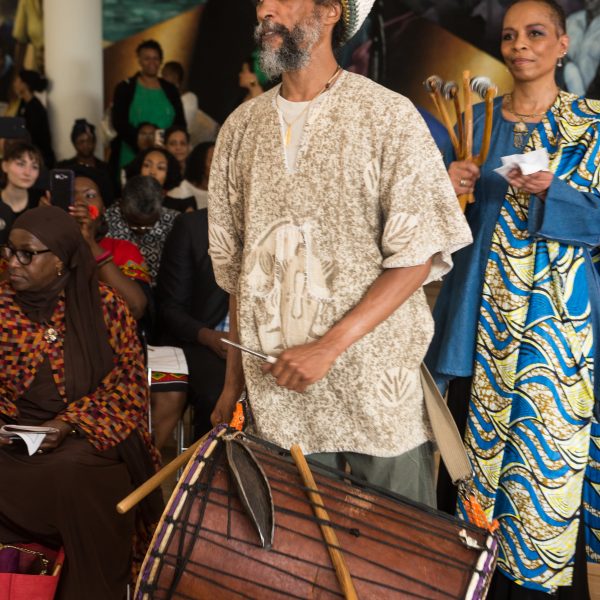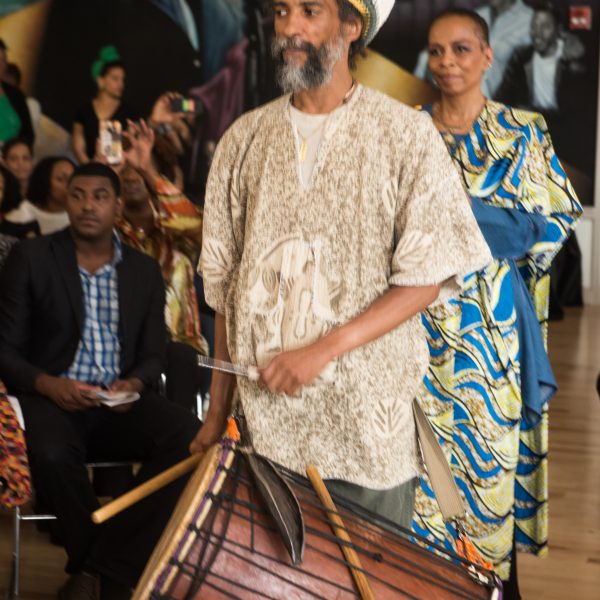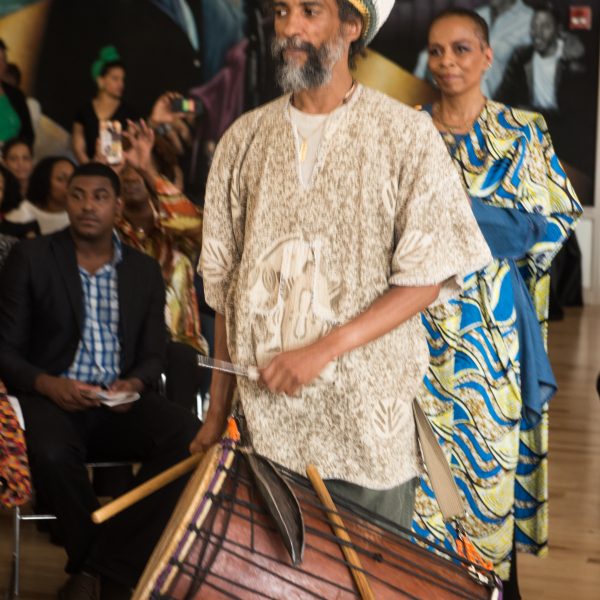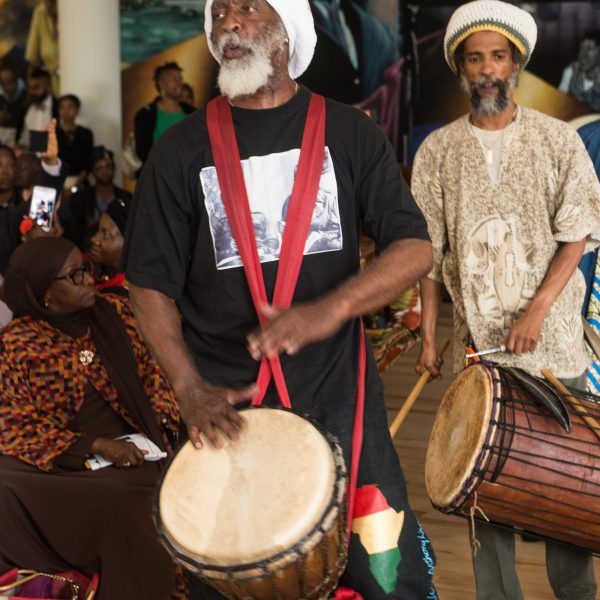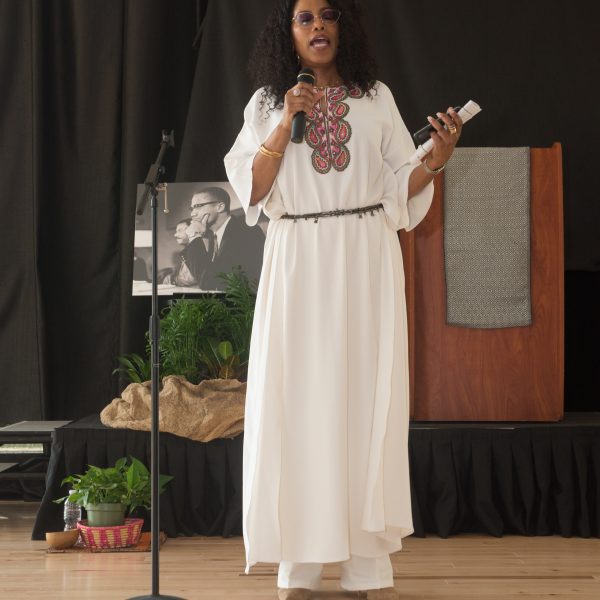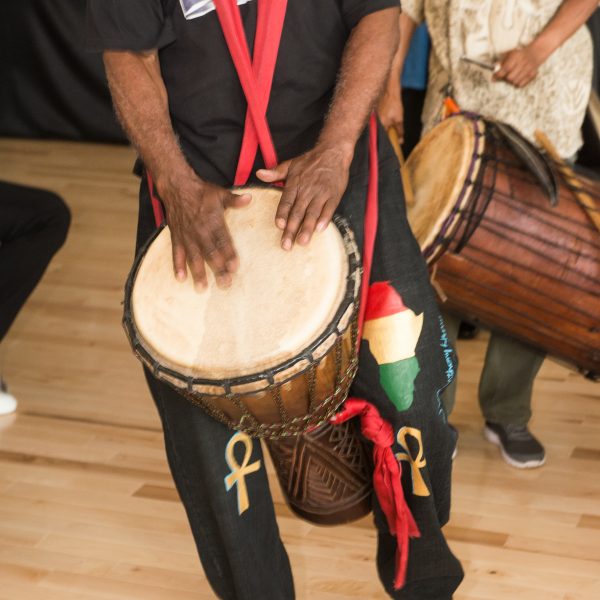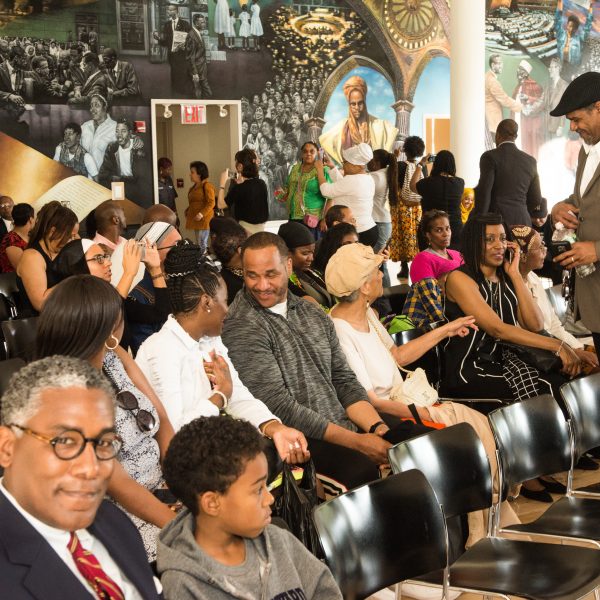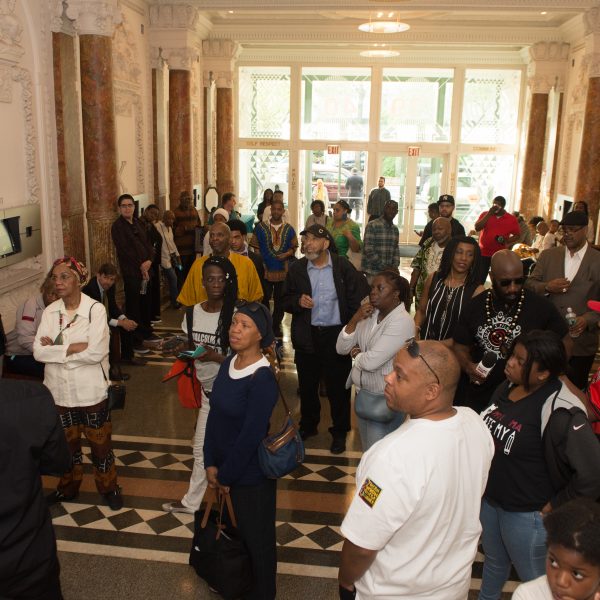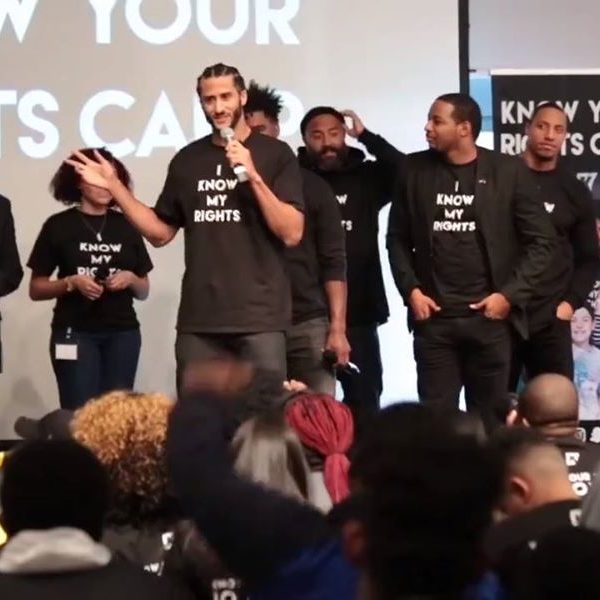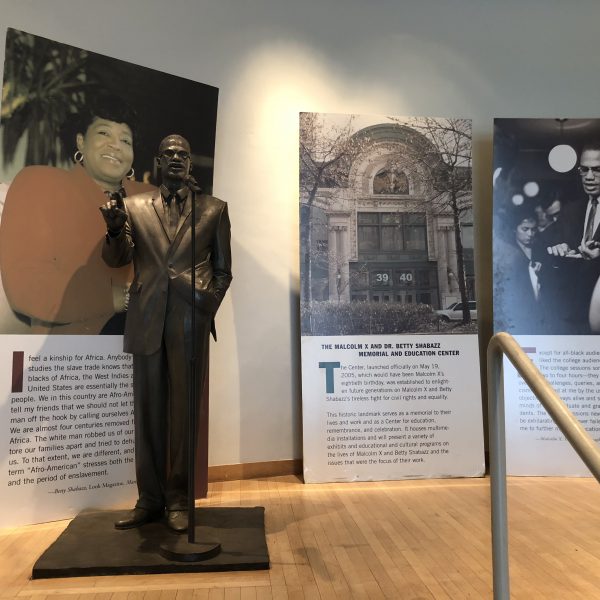Our History
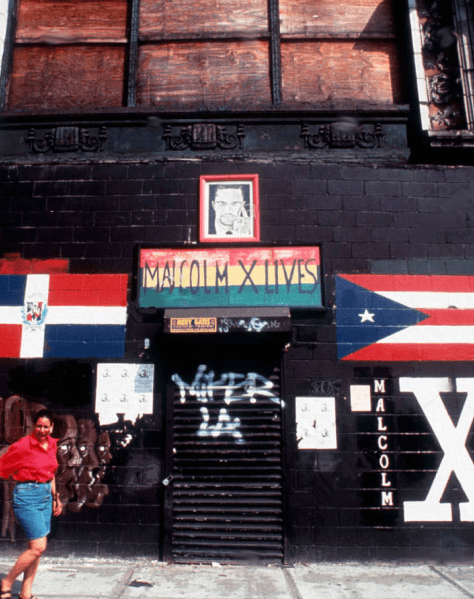
THE FIGHT FOR PRESERVATION
In the early 1990s, the entire site on Broadway from 165th St. to 166th St., including the ballroom, faced demolition. The grassroots community, along with Dr. Betty Shabazz, successfully advocated to preserve the Audubon building as a Memorial to Malcolm X and a permanent symbol of the African American’s struggle for equality.
After much debate, an agreement was reached to restore a section of the Audubon Ballroom as a designated Memorial to Malcolm X. Betty was integral to the planning for what would become The Malcolm X Memorial Center, with the intention to retire with a focus on further preserving the integrity of her husband’s legacy through the center. The operational structure, however, would not be implemented by the time of her fateful demise in 1997. However, with dedicated individuals spearheaded by Ilyasah Shabazz and Julio Peterson, The Malcolm X & Dr. Betty Shabazz Memorial and Educational Center officially opened its doors to the public in 2005 in collaboration with the Shabazz family and Columbia University community support.
THE NEW SPACE
The space was designed by famed architect J. Max Bond Jr. of Davis Brody Bond, the firm behind the September 11th Memorial and Museum, the Martin Luther King Center for Non-Violent Social Change, and the NMAAHC. Columbia University was also a philanthropic sponsor and commissioned Digital Knowledge Ventures and Ducat Media to create content on what was the most expansive work compiled on Malcolm and Betty’s lives and legacies anywhere in the world. Six touch-screen kiosks welcomed visitors in the Lobby to learn about two of the most important social leaders of the 20th century. Gabrielle Koren was commissioned to create a bronze life-size sculpture of Malcolm, which too greeted visitors on the Lobby level. It was Betty who approved the final monument. Upstairs, a wall-size mural welcomed visitors in the ballroom section of the Center. The mural highlights key historical events of Malcolm X’s life that Dr. Shabazz found important to preserve for future generations.
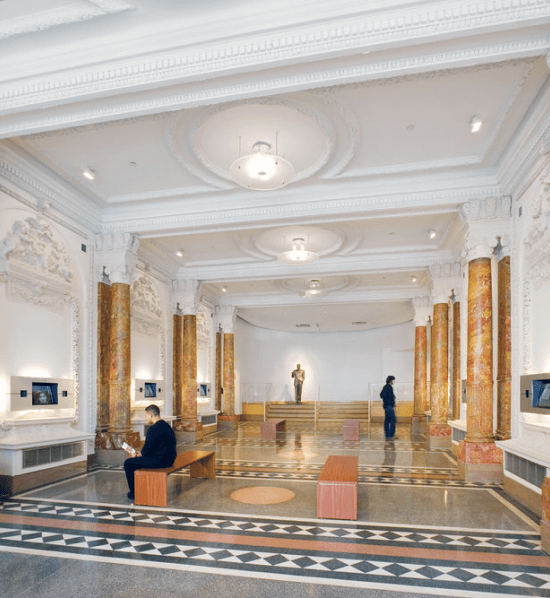
OUR RECENT EVENTS
